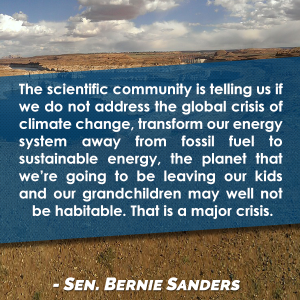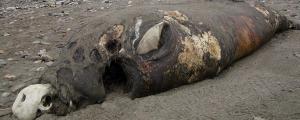
(Photocredit: Simon Oberli)
“Photographs of the glacier from last year compared to ones taken in 2007 are dramatic,” writes Marie Doezema for VICE News. “What was once a sprawling and thick mass of ice now appears scrawny. One state of matter has changed to another: Where once there was glacier, now there is lake.“
And how would one preserve a glacier?
…Blankets (!!), of course:
“The lifespan of a glacier is centuries-long; the twilight years, however, can go remarkably quickly. Such is the case for Switzerland’s Rhone Glacier, only 10 percent of which is expected to remain by the end of the century. Some local residents, alarmed by the melting, have resorted to palliative care methods.
For the past eight years, owners of the land that is home to an ice cave, carved into the Rhone glacier each year since 1870, have been covering the ice with blankets. The blankets, which protect the ice from the sun’s radiation during the hot summer months, have been shown to reduce melting between 50 and 70 percent, said David Volken, a glaciologist working with the Swiss Environment Ministry.
[…]
The primary cause of the increased rate of melting is rising temperatures, and while an increase in two to four degrees Fahrenheit might not be a tangible and dramatic difference to a human, glaciers are particularly sensitive.
‘We don’t feel it, but the tongue of the glacier does,’ said Nussbaumer, adding that annual mass changes in glaciers are a ‘direct climatic signal.’
‘The only thing we can do is limit emissions and decrease temperatures,’ Nussbaumer said. In terms of glacier survival, the options are between bad and worse. ‘Depending what we do now, in 150 years we will have between zero to 10 percent of glacier mass left.’
[…]
Glaciers, because of their sensitivity to both short-term and long-term fluctuations in temperature, are a good indication of larger trends in climate change, said Nussbaumer. ‘Everyone can observe the changes.’
Beyond the local impact of reduced tourism and the loss of a natural phenomenon that has become part of Switzerland’s heritage and national identity, the melting glaciers will have very practical impacts on the country. Nussbaumer said these could include diminished sources of fresh water used for irrigation, drinking, and hydroelectric power, as well as a destabilization of the ground left behind, which can result in erosion and debris flow. On a global level, the melting of glaciers contributes to rising sea levels.“
Read more here (https://news.vice.com/article/these-people-are-covering-the-alps-with-blankets)!

Save the Earth, its climate, and those who dwell on it by donating here—every dollar counts (http://wwf.worldwildlife.org/goto/savethenarwhal)!





